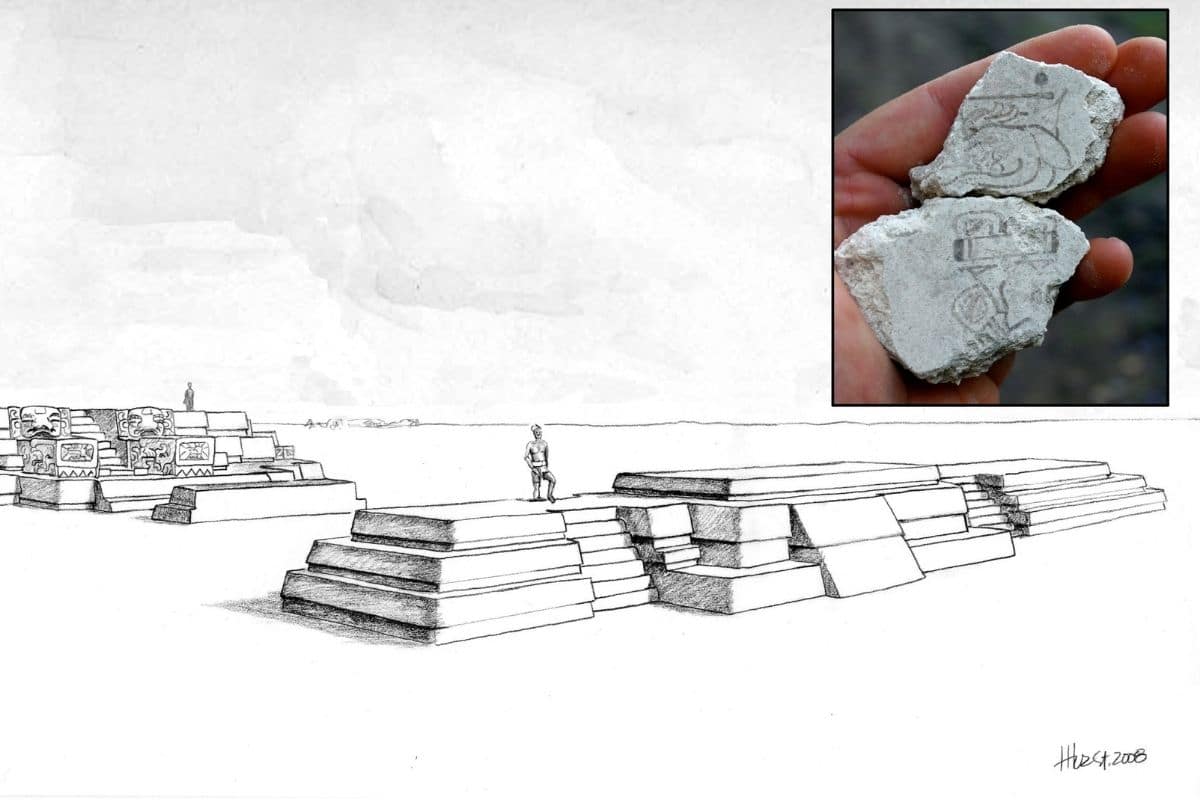
In an ancient pyramid, researchers have stumbled upon a calendar fragment that may date to the third century BC.
During excavations in the small Mayan city of San Bartolo in Guatemala, researchers came across a special fragment. It is an ancient hieroglyph from the Mayan era. According to researchers, the fragment is part of a famous Mayan calendar. And given the age of the fragment, it could represent the earliest known use of this famed calendar.
Tzolkin
The ancient Maya civilization had several calendars, including the so-called Tzolkin. This is a circulating divination calendar, which, incidentally, was used as part of the reckoning of time not only by the Maya, but throughout Mesoamerica. The tzolkin has a period of 260 days, which are indicated by the combination of 13 numbers with 20 names. The 260-day calendar is considered the oldest and most important of the calendar systems.
Find
Now researchers have recovered a piece of the Tzolkin calendar in an ancient pyramid in San Bartolo. It is part of a plaster fragment, with the number seven above an animal head that clearly represents a deer.

The excavated calendar fragment. Image: Heather Hurst and David Stuart
Incidentally, it was not obvious throughout history that the head of a deer was used as a sign for the seventh day. During the Classic period (about AD 250-800), a hand sign was used instead, with the thumb and index finger touching. The fact that a plaster fragment with a deer’s head has now been found means that this hieroglyph dates from an earlier time.
Age
The researchers suspect that the discovered fragment was manufactured between 300 and 200 BC. And that’s interesting. Because that makes the found hieroglyph the oldest reference to the famous Mayan calendar to date. This also means that the Tzolkin calendar may have been in use for much longer than scientists had previously thought.
It is not the first time that researchers in San Bartolo have come across important finds. The oldest murals and texts of the Maya civilization have been found in this small Maya city before. In addition, the pyramid is home to several layers of Mayan history dating back to about 800 BC. And there may be many other special finds waiting to be discovered.
Source material:
†An early Maya calendar record from San Bartolo, Guatemala” – Science Advances
Image at the top of this article: Karl Taube, courtesy of the Proyecto Regional Arqueológico San Bartolo-Xultun